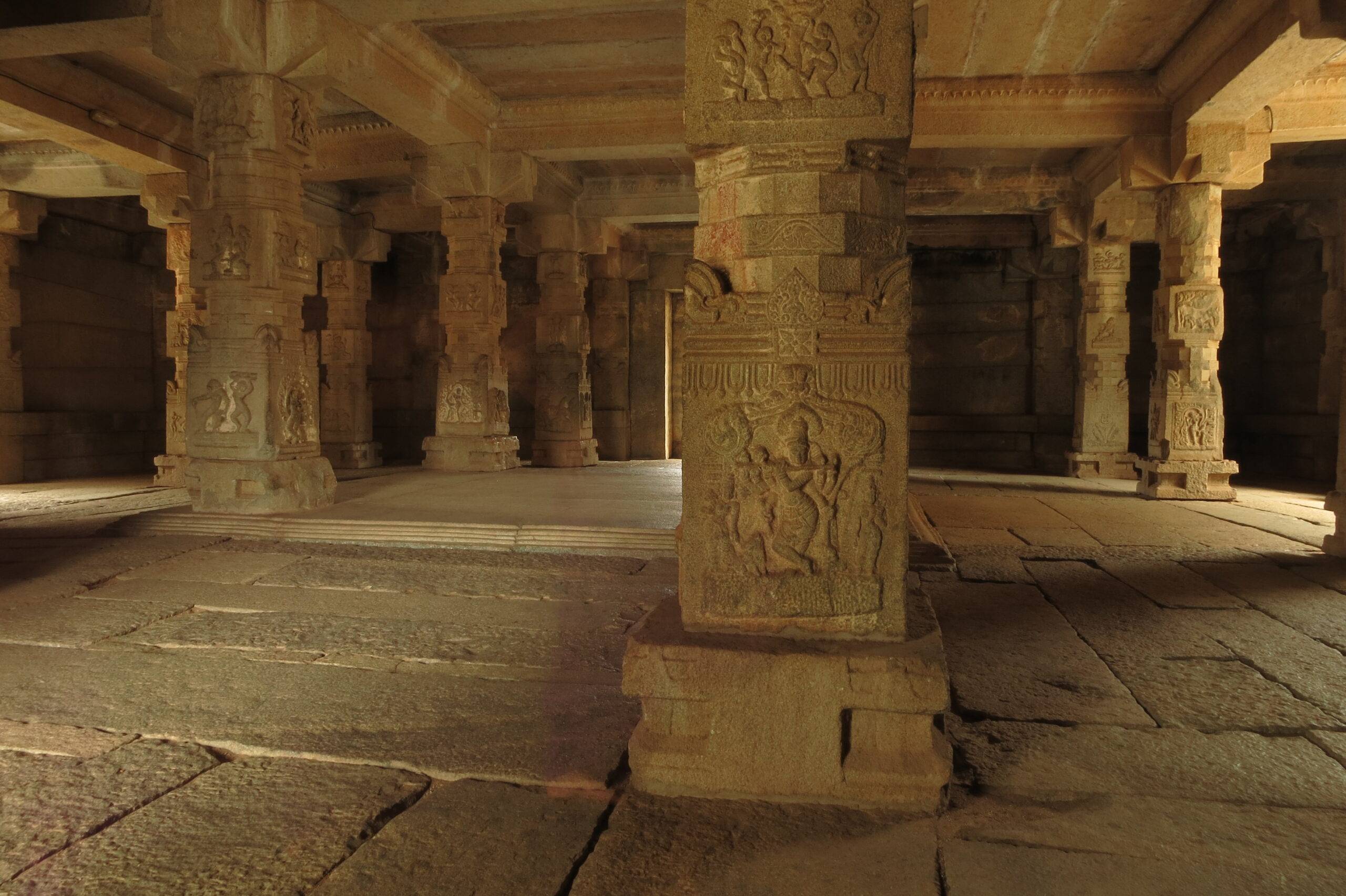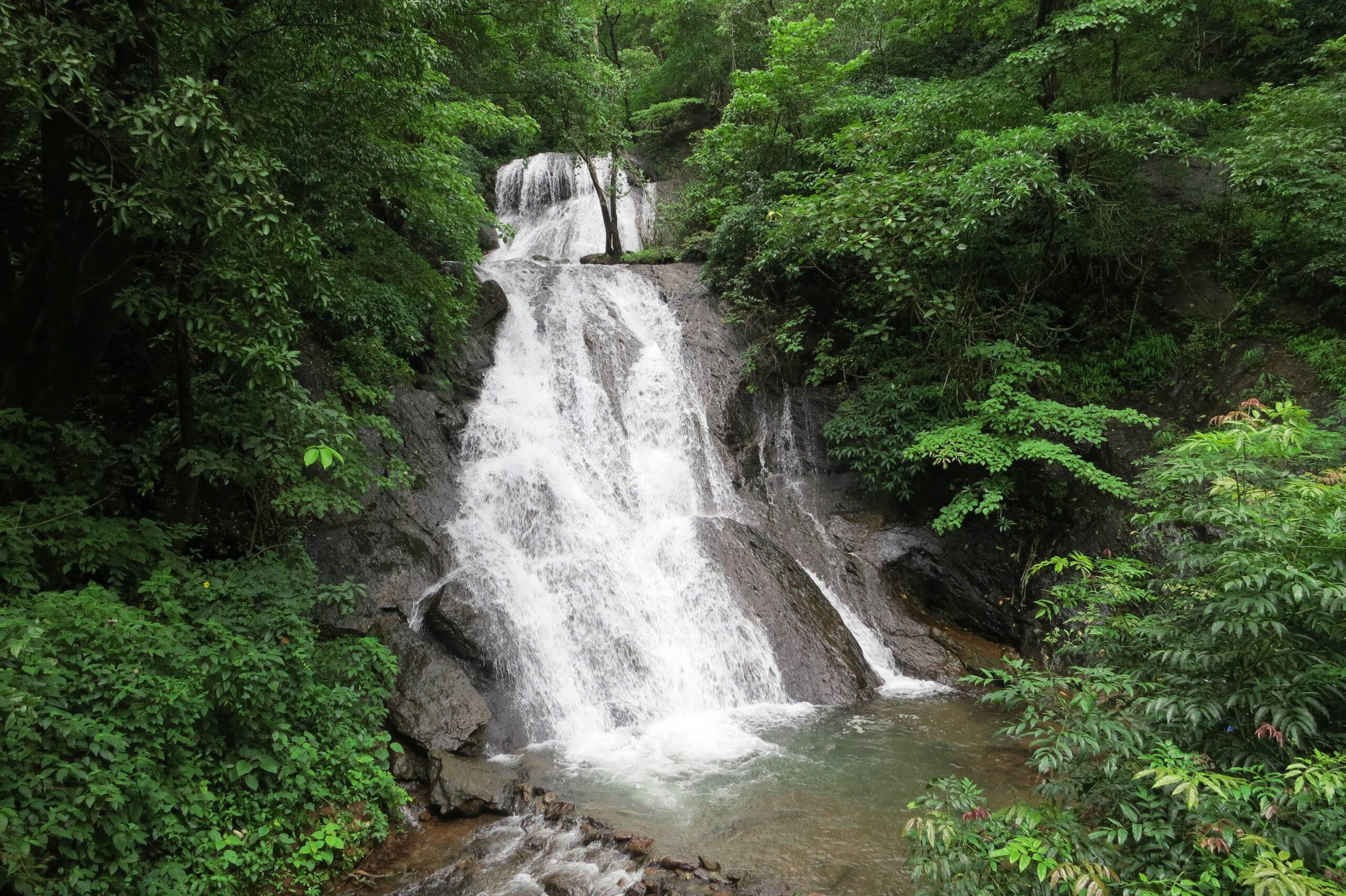When we examine texts that come from spiritual traditions that are geographically and temporally distant from our current experience, we’re looking for answers. We’re seeking both intellectual answers to life’s big questions and emotional answers to the yearnings of our bodies and souls.
Here I provide answers, but not scientific ones in the conventional sense – neither historical-philological nor contemporary-psychological. Instead, there are answers to questions that have been asked for millennia and that we still ask today, but to which both our science and our religion have failed to provide an answer. These are tantric answers that draw on a wealth of experience distilled over centuries from countless spiritual and physically sensual experiences. Tantric questions do not presuppose anything; they are the natural, innocent curiosity of children of all cultures. Tantric answers, on the other hand, presuppose a framework that shatters Western and, to some extent, Eastern views of religion and social norms. Because in the ritually guided tantric experience, the worldly and the religious, the sexual and the spiritual unite to form a unity.
However, to pursue this connection as an independent spiritual path in the ecstatic practice of Tantra, it requires the moral qualification of a vira. The sexual power that is awakened here is nothing but the primal power of life itself, the power of evolution. Materialistic and pleasure-seeking people, Pashus – the animal, would be consumed by these forces. They should stay away from tantric teachings and instead hold on to the safe guardrails of traditional religious teachings.
The classical path of Tantra is the path of connection (Yoga). It is traversed with the help of spiritual qualities that have been acquired over many lives. A guru, mantras, and the worship of gods and goddesses can be helpful in this pursuit.
However, this text cannot be a guru and its words cannot be mantras. It cannot be simply translated into another cultural context and is not intended to create spiritual alternative realities.
The text aims to open our eyes to new values and ways in a time when sexual liberation is celebrated, but sexuality is felt like a stronger bind than ever before. Sexuality is often understood only in its material dimensions, while religious life has become “incorporeal”.
Depending on the reader’s individual circumstances, this text can be read on two levels: a sexual and a spiritual level. Although tantric teachings also include sexual teachings, sex is viewed from a new perspective. While Western psychology has recognized the importance of sexuality, it typically lacks consideration of its spiritual dimension. In our schools, we learn many things that do not touch our lives.
We only learn surface-level information about the power that creates our current physical existence and largely determines our mental and cultural existence. We learn only about the gross physiological processes of mating and many “by-products” of unfulfilled or improperly lived sexuality. Desensitization of the senses is the hallmark of a society trapped in sex.
Refinement of the senses is the hallmark and result of a tantric life and love. Tantra cultivates the senses to the point of being able to recognize and utilize sexual energy in its full range – from the depths of our being to the effects of our sexual actions on the people around us and the entire cosmos, with which we are inextricably intertwined.
This text shows us the pleasurable nuances of the erotic culture of the East. However, it does not stop at the gross bodily level of pleasure. It is the easily understandable explanations of the subtle and energetic processes in sexual encounters that provide us with a clear guideline for spiritual development in and through partnership.
Unlike most Western and Eastern attempts to tame, sublimate, and transcend <<raw>> sexuality through ascetic methods, the tantric path to wholeness and healing includes the physical expression of love. The initiate does not turn away from nature, but uses it. As the Kularanava-Tantra says, <<If someone falls to the ground, they must use the ground to get up again.>> It is not about giving up the world, woman, or body, but recognizing their essential divinity. This is the spiritualization of sexuality, which this text teaches.
Is this all that Tantra is? Is Tantra no more than a kind of cultivation of sex, no more than a spiritualized version of sensual pleasure? — This is the superficial level of my text. The actual core and foundation of tantric love practice lie in the roots that reach deep into Indian philosophy and psychology. This is the spiritual level of my text, the revelation of the sexual dimension in the structure of all being. There is a polarity of male and female that permeates everything. From this, the net of Maya, the cosmic illusion, is woven. Maya, however, is nothing apart from Shakti, the “power” of God (Shiva). The entire world of matter – and according to Indian philosophy, this includes the psyche – is the never-ending manifestation of the dynamic aspect of the divine. This energy aspect of God rests as (sexual) “serpent power” (kundalini) in every person. It must be awakened and united with the Shiva principle, which is the spiritual essence of every being.
Shakti also takes shape in every woman. And just as the cosmic Shakti gives birth to the universe but can also lovingly take back her children, so the woman – as mother – is the gateway into this world for every human being, but also the gateway that leads beyond it – as lover.
Just as the principle of male (yang) and female (yin) operates in all things, the polarity of man-woman also exists within each individual.
However, it is primarily in the interpersonal relationship between man and woman that sexual tension can become a path to salvation. The man’s attitude towards the woman is particularly central. Because Tantra as a religious cult is a cult of Shakti, and anyone who follows the path of Tantra is a “Shakta”. He sees the cosmic Shakti in every woman, and for him, his partner is the goddess.
Through sexual union with his partner, the man can unite his own spiritual essence with the cosmic Shakti and thus achieve the goal of the tantric path. This is not just about sexual satisfaction, but about the union of Shiva and Shakti, which is said to bring the highest consciousness and fulfilment.
Thus, tantric love practice aims not only at physical but also at spiritual union of man and woman. The sexual relationship is seen as a sacred ritual that supports the initiate on the path to self-realization and unity with the divine.
This text is not just a combination of Indian and psychological threads of Tantra. It points the way to the spiritual centre and a spiritual path that more and more people are willing to take today, be it the path of “entasis” through meditation or the path of ecstasy through tantric ritual.
However, a materialistic-oriented social system or even a religion with a worldly historical perspective will not be ready for it. They will reject Tantra, just as they reject any immediate spirituality. Because these systems thrive on exercising control through the “small ego.” Spiritual life, however, transcends the ego towards the “greater self.” Who then leads humans? — No longer societal and religious norms, but the natural tendency of evolution, which has led and continues to lead life to ever higher levels of consciousness. This force is “Mother Nature,” is the Shakti, is the “power” of God, which manifests in humans as a woman.
This tantric image of women and the associated role of the feminine, in general, is very difficult for patriarchal thinking to accept. Because it involves a shift in values that challenges the traditional way of solving problems.
Associated with this role of women is the tantric view of sexuality. In the tantric love ritual, the creative function of sex plays virtually no role. Sexuality as a force of evolution no longer flows “horizontally” into reproduction and thus into a kind of “physical immortality” through offspring in Tantra, but “vertically” into the spiritual realization of the self, into spiritual immortality. The fabric of society, however, was shaped and is held together by a regulation – and even suppression – of sexuality, which is normalized by society. How would society evolve with a tantric sexual ethic as a guideline for social relationships instead of a Catholic, Muslim, or Hindu one?
This experiment is unlikely to occur because Tantra is, by its very nature, a way of life for the elite. There are few heroes (vira) and many herd animals (pashu). Divine beings (divya), for whom sexuality is only of significance at the highest spiritual level, are hard to come by. Nevertheless, if life on Mother Earth is to continue, we must cross the threshold of transformation on which we stand today. Every individual counts (divya) in this process, as do every hero (vira).





